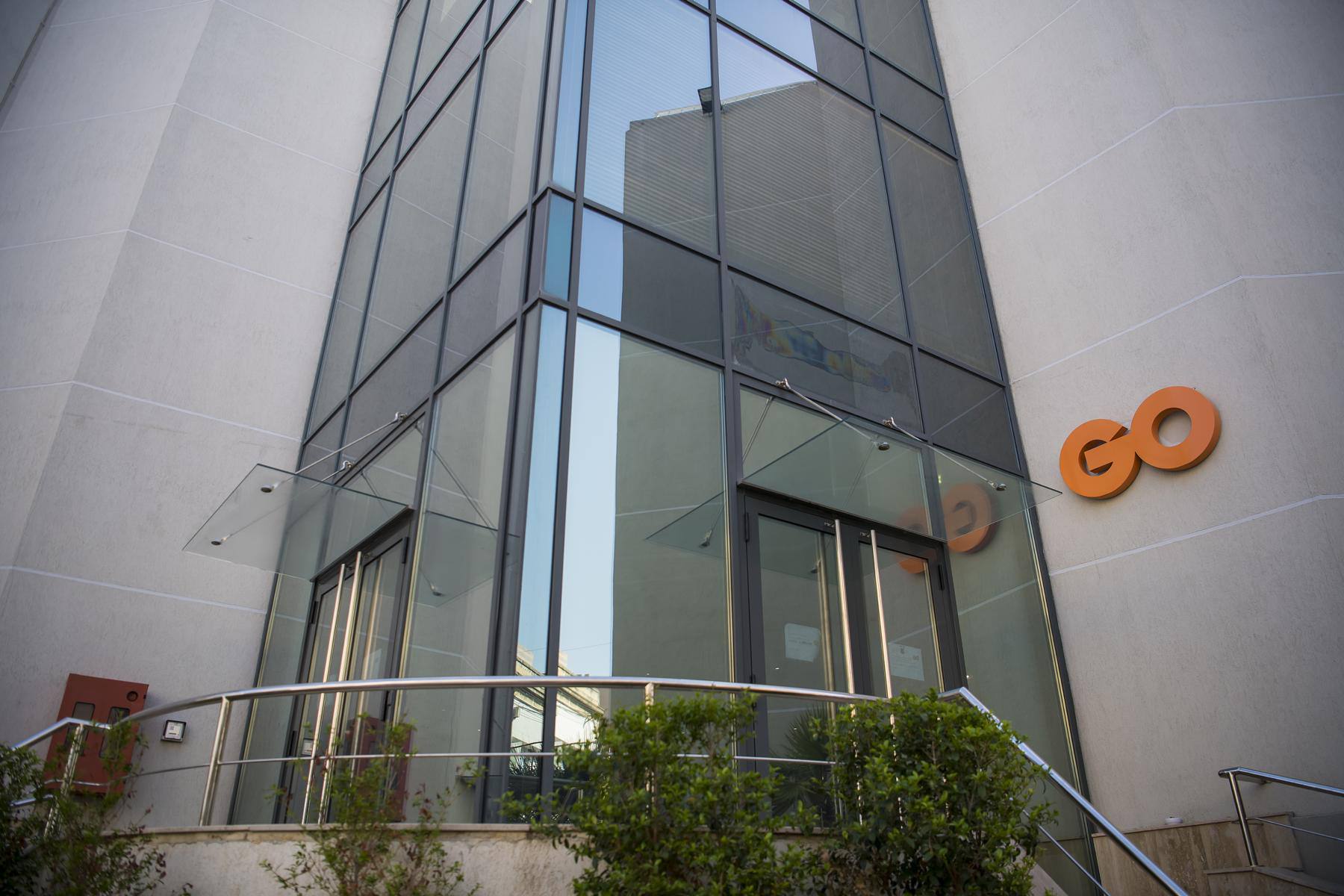The annual reporting season in Malta for those companies with a December financial-year has now finally come to an end. As several companies opted to publish their results in the final week of the 30th April deadline, numerous announcements were issued concurrently in recent days.
Meanwhile, on a more positive note, two companies (APS Bank plc and HSBC Bank Malta plc) have already published their Q1 financial highlights replicating the reporting calendar on an international level, thereby enabling investors to keep regularly informed on all developments and financial trends.
The publication of financial statements (which is obligatory on a semi-annual basis in Malta) enables financial analysts and investors to gauge the financial strength of a company and any progress in fulfilling its stated objectives and financial projections. The reporting season also enables market participants to calculate financial metrics and other important pricing multiples that are often used to take investment decisions.
In the real estate market, for example, many would be familiar with comparing the value of a property using a price per square metre as this allows a relative comparison between properties that may not be of the same size.
Likewise, in equity markets, since share prices cannot be compared directly to each other in view of different economic sectors as well as different number of shares in issue, using a pricing multiple may guide an investor as to how cheap or expensive that company is being priced by the market. Nonetheless, just like one cannot simply determine whether a property is cheap or expensive based on the price per square metre, since one also needs to take into account location, condition, amenities, and other related factors, when using pricing multiples, an investor needs to ensure that one is truly comparing companies on a like-for-like basis.
The Price to Earnings Ratio, widely known as the PE ratio, is probably the most common pricing multiple mentioned by investors and the financial media. This is computed by dividing the market price per share by the earnings per share. Generally speaking, a lower PE ratio indicates that a company is cheap relative to others, but the challenge facing investors is to assess the reason behind the low multiple being given to such a particular company. Moreover, this multiple is not an ideal one for companies with volatile earnings.
The Price to Book ratio for example is particularly useful for a number of equities listed on the Malta Stock Exchange since it is principally relevant to companies operating in the property or banking sector.
The price to book multiple compares a company’s current market price to its book value per share. The book value is calculated from a company’s balance sheet (now referred to as the statement of financial position) as the difference between its total assets and total liabilities. The price to book multiple is mostly useful in sectors where tangible assets are a significant part of the business structure, providing a snapshot of how the market prices the assets of a company relative to their accounting value. The price to book multiple helps in understanding how much investors are willing to pay above or below the equity value stated in the financial statements.
When comparing price to book ratios between companies, investors need to also give due consideration to the level of profitability that each company is generating from its equity funding, known as the return on equity.
Generally speaking, companies that generate a higher return on equity compared to their cost of equity should trade at a premium to their book value per share, while companies that generate lower returns would be expected to trade at a discount to their book value per share.
Within the local context, it is interesting to monitor how the price to book ratios of the large retail banks have evolved over the years. Essentially, while a price to book ratio of above 1 (implying a share price above the book value) was very common until 2017, this ratio dropped significantly during the historically low interest rate environment when the return on equity fell below the 10% level. This also occurred across the eurozone banking sector. However, following the sharp upturn in interest rates by the European Central Bank between the second half of 2022 and the third quarter of 2023 which boosted the profitability of several financial institutions across the eurozone including Malta, the market price of most banks started to recover consistently towards their book value, which translates into a price to book ratio of close to 1.
Likewise, an analysis of the price to book multiples across the commercial property companies whose shares are listed on the Malta Stock Exchange (such as Hili Properties plc, Malta Properties Company plc, Plaza Centres plc, etc) also provides some interesting observations which can be surprising for many investors especially those who also directly invest in other residential or commercial properties. The shares of many companies are trading at a significant discount to their book value indicating that the market is doubting the value of their property assets as stated in their financial statements.
However, the price to book ratio also has its limitations, especially for companies in the technology or services sectors where intangible assets such as intellectual property, brand value, and human capital are critical drivers of the business value but are not adequately reflected on the balance sheet.
Meanwhile, when evaluating companies in the infrastructure sectors such as GO plc and Malta International Airport plc which typically have high levels of capital expenditure, investors must base their analysis on the cash flow generation capabilities of such companies which can help sustain ongoing investments and maintenance.
As some legendary investors including Warren Buffett say: “Price is what you pay, value is what you get”. Unfortunately, these two terms are used interchangeably across the business community. Any asset will always have a price determined by the market. On the other hand, the value of an asset is determined by its output such as cash flow for companies or rental income for investment properties be they residential or commercial.
The determinants of price are demand and supply forces. Although fundamentals have an impact on both demand and supply forces, investor sentiment and momentum are also strong forces that determine pricing of assets. In reality, prices may remain disconnected from the value of the asset for a long time. Investors need to ensure that they pay the right price for an asset to be rewarded with adequate returns for the risks involved.
Read more of Mr Rizzo’s insights at Rizzo Farrugia (Stockbrokers).
The article contains public information only and is published solely for informational purposes. It should not be construed as a solicitation or an offer to buy or sell any securities or related financial instruments. No representation or warranty, either expressed or implied, is provided in relation to the accuracy, completeness or reliability of the information contained herein, nor is it intended to be a complete statement or summary of the securities, markets or developments referred to in this article. Rizzo, Farrugia & Co. (Stockbrokers) Ltd (“Rizzo Farrugia”) is under no obligation to update or keep current the information contained herein. Since the buying and selling of securities by any person is dependent on that person’s financial situation and an assessment of the suitability and appropriateness of the proposed transaction, no person should act upon any recommendation in this article without first obtaining investment advice. Rizzo Farrugia, its directors, the author of this article, other employees or clients may have or have had interests in the securities referred to herein and may at any time make purchases and/or sales in them as principal or agent. Furthermore, Rizzo Farrugia may have or have had a relationship with or may provide or has provided other services of a corporate nature to companies herein mentioned. Stock markets are volatile and subject to fluctuations which cannot be reasonably foreseen. Past performance is not necessarily indicative of future results. Foreign currency rates of exchange may adversely affect the value, price or income of any security mentioned in this article. Neither Rizzo Farrugia, nor any of its directors or employees accepts any liability for any loss or damage arising out of the use of all or any part of this article.
New legal notice grants employees right to pay transparency – of a sort
Employers are encouraged to seek legal advice to ensure compliance and to prepare for future legislative updates
A golden age for GO plc
GO plc’s Annual General Meeting revealed a bold shift beyond traditional telecoms, stronger-than-ever financials, and possible share buy-backs
Another v-shaped recovery
Towards the end of 2024, most investment banks predicted that the S&P 500 index would continue its positive streak







